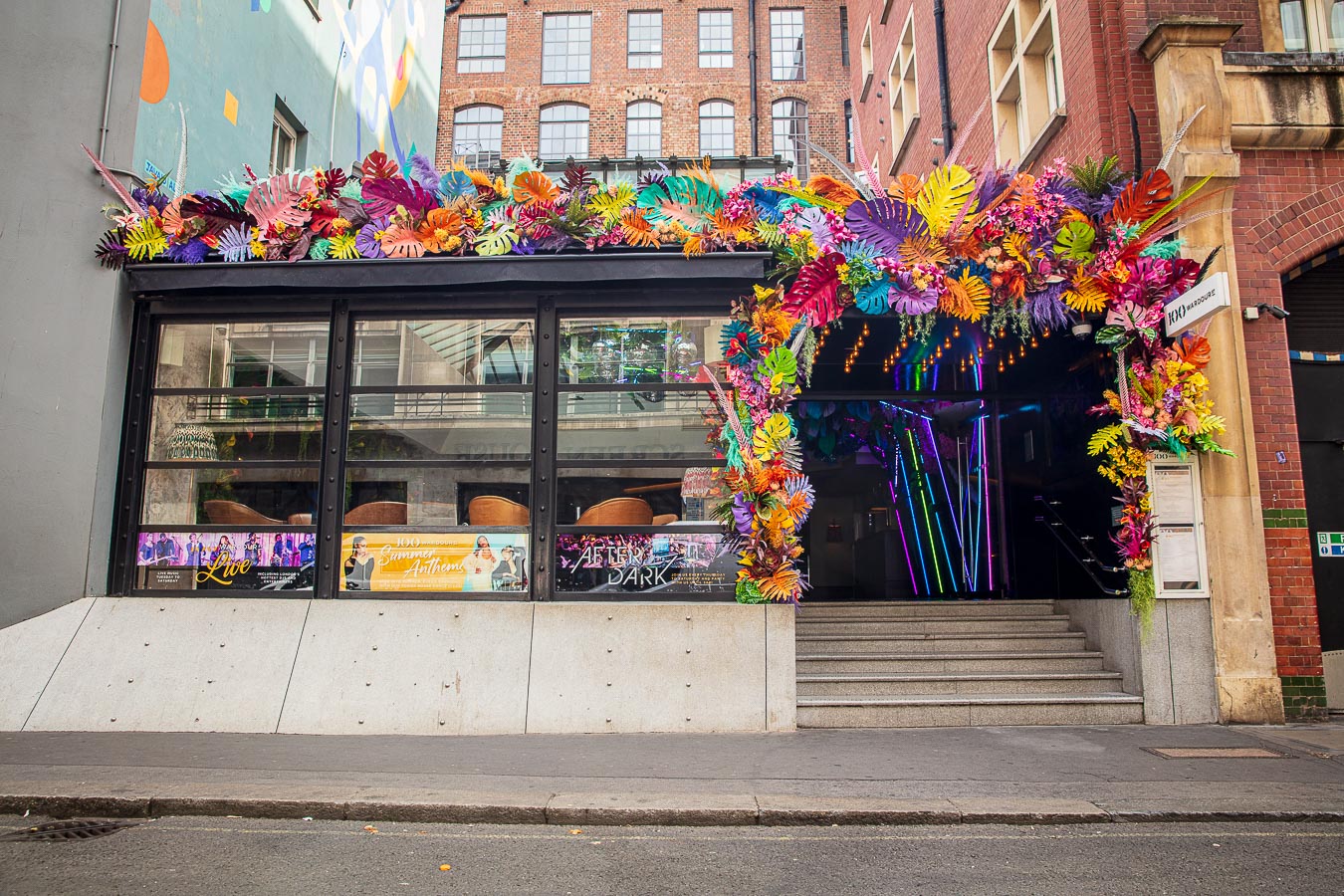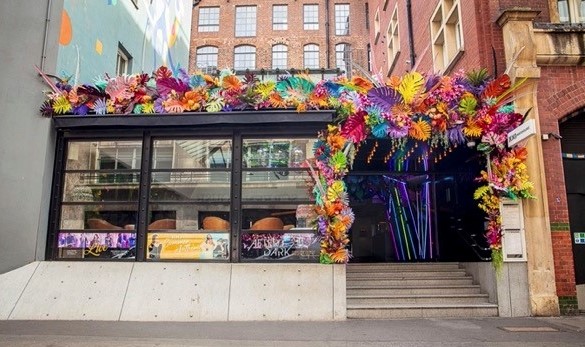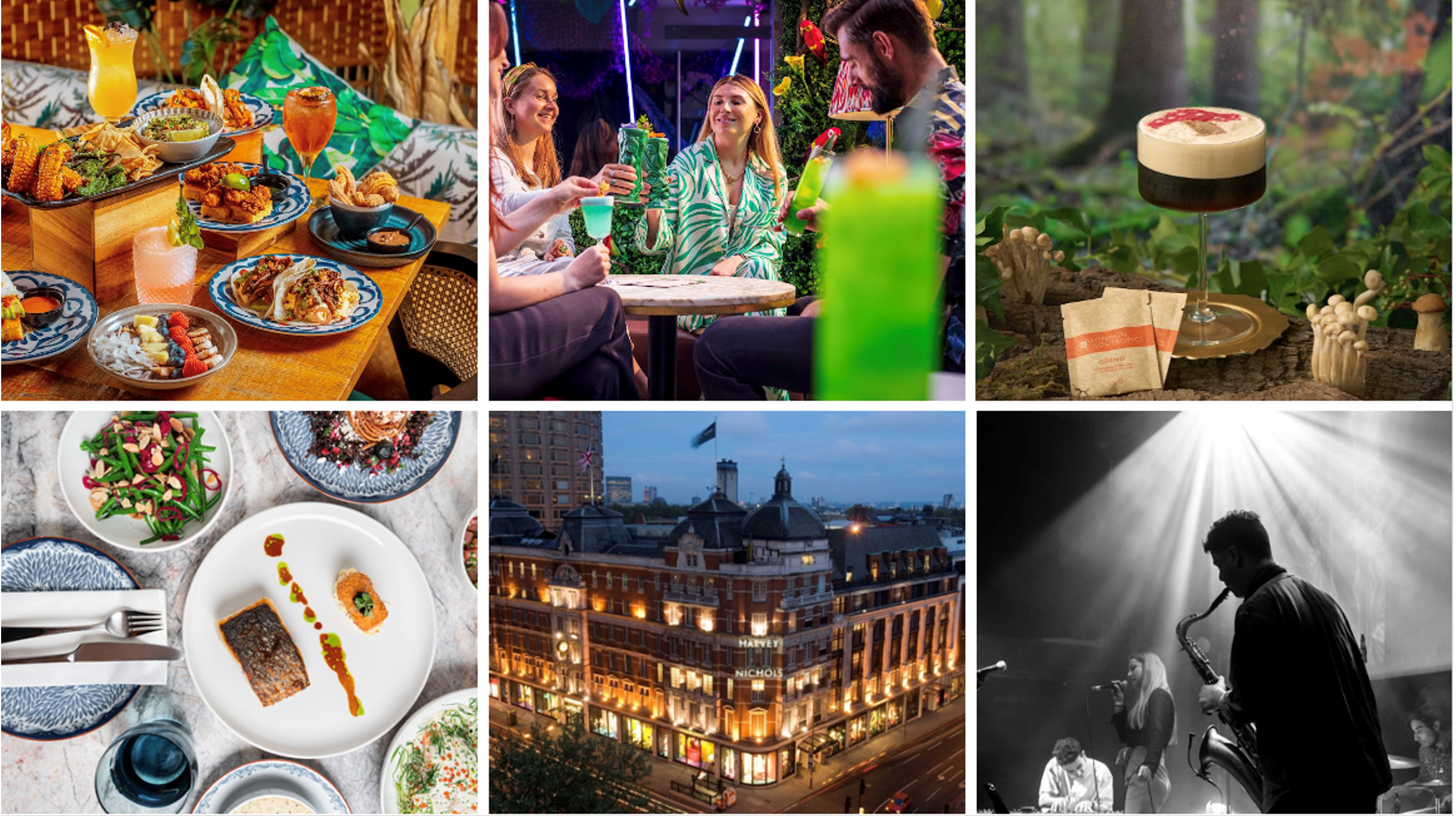There is no hiding that climate change is one of the most pressing problems of our times. With scorching temperatures around the world, rising sea levels, and unpredictable rainfall patterns, this phenomenon is having a detrimental impact on our planet. What’s more, climate change is affecting our day-to-day lives as well.
During the 2021 United Nations Climate Change Conference (COP26), 120 international leaders from across the globe met to discuss the existing issue and evaluate its overall effects. The conference’s main aim was to unpack the many facets of climate change and pinpoint some all-important targets. One of the goals, for instance, is to achieve global net-zero by the middle of the century. This means that many sectors will have to play their part in preserving our surroundings too.
In the meantime, several industries are having to reinvent the way they carry out their duties. This is particularly true for the construction sector, as buildings that aren’t designed to withstand specific climates may end up suffering serious damage. With this in mind, we explore ways in which architects and structural engineers can create climate-proof constructions.
Gusts and high winds
When it comes to strong winds, having a solid roof design over one’s head can make all the difference. Climate change is having a huge impact on the frequency and intensity of storms, and therefore investing in a high-quality roof design is essential. In fact, weaker roofs can be easily damaged by powerful gusts of wind, which will in turn affect the structure and foundations of the building.
How can a construction become wind-resilient? One effective solution is to fit a roof with multiple slopes that is both sturdy and resistant in stormy conditions. Additionally, installing central shafts could be another viable option. These will help suck in air from the outside, minimising the force of the wind and limiting the pressure on the roof.
An alternative idea could be to follow a ‘planning for damage’ approach. Opting for frangible architecture means that roofs covering patios or balconies are designed to collapse in extreme climates. By doing so, in the event of a strong storm, you are actively preventing damage to the overall structure of the building.
Rainfalls and flooding
Globally, around 410 million people live by the coast. As the patterns, frequency, and intensity of rainfalls continue to mutate, more and more individuals will have to face the consequences of rising sea levels and coastal flooding. Leakages and water seeping in can cause all sorts of problems to buildings. In fact, corroded steel rods can severely weaken their structure, and ultimately cause them to fall down.
But how to avoid water seeping through? Rainscreen cladding, for instance, can act as an exterior layer that protects the building from incoming water and limits the detrimental effects it may have on its structure. With the help of a handy structural design software, architects and engineers can make full use of modern systems and minimise the need for maintenance in the long run.
Dry spells and droughts
Droughts affect about 55 million people around the globe every year. In a dry climate, the soil surrounding a building tends to shrink as moisture is gradually drained from it. It is fair to say that this does the building no favours. In fact, droughts can damage its foundations and, more often than not, the issues are difficult to identify. From damaged pipes and cracks to misaligned doors and windows, the list of negative consequences is vast.
In areas where dry spells are common, green roofs could provide the perfect solution. Indeed, they work as functional storage for water when none is falling from the sky. While protecting the building’s overall well-being, it can also enhance the temperature regulation of its structure by absorbing heat. In turn, this will also decrease its inside temperature. What’s more, green roofs effectively absorb carbon dioxide, therefore improving air quality.
Boiling heatwaves
In the next thirty years or so, the number of cities exposed to scorching, high temperatures is expected to almost triple. This means that the issue of overheating in buildings is soon becoming a pressing concern. As things stand, especially in chillier regions, many buildings are designed with the aim to preserve the outside heat during the colder months of the year.
Many people rely on air conditioning to cool down on extremely hot days. However, this is certainly not an eco-friendly solution. By 2050, air conditioning is expected to account for the release of two billion tonnes of CO2 into the atmosphere every year.
To combat this problem and tackle prohibitive temperatures, solar shading can be adopted instead. By regulating the heat and light that comes through the building’s windows, its implementation can truly relieve both houseowners and the environment. Hence, solar shading is a useful alternative and, based on one’s budget, there are many options to choose from.
As the effects of climate change become more and more apparent, we are having to find new ways to adapt accordingly. Buildings, in particular, need to be constructed and looked after in a different fashion, as challenging weather conditions can put their structure and foundations to the test. With an array of available solutions, it is now up to engineers and architects to ensure future buildings are climate-proof.







